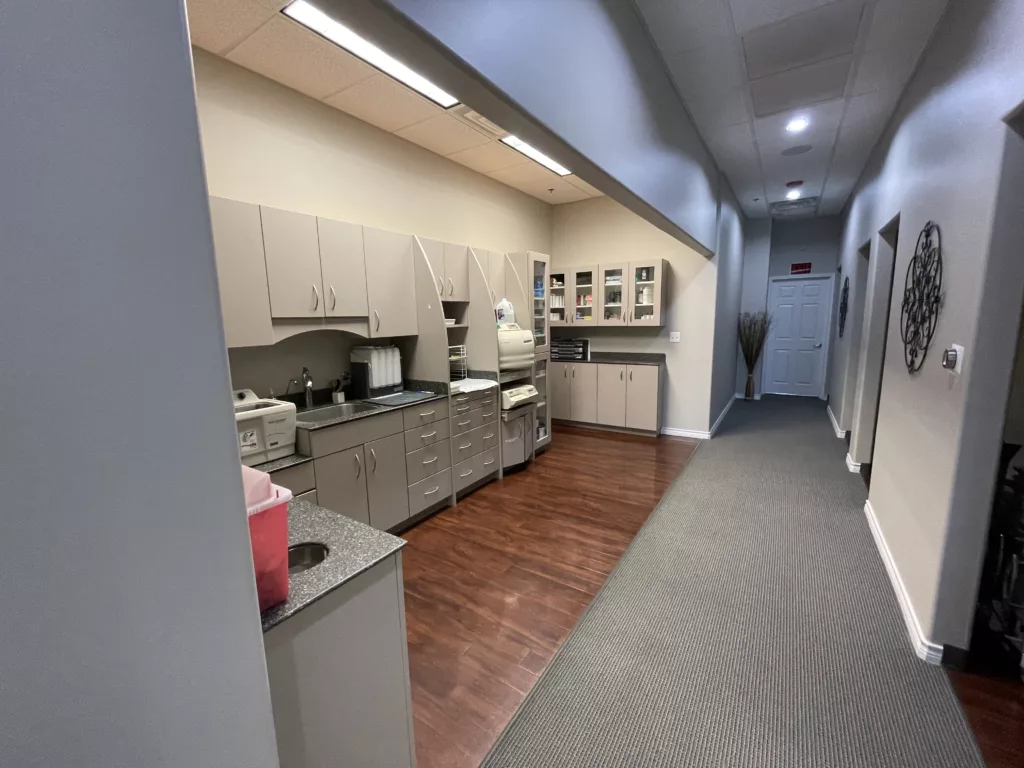You’ve heard you can make a lot of money in Private Equity (PE) sale. You’re starting to look around on the internet, you’ve talked to a few colleagues who have sold. But there are a bunch of questions in the back of your mind. You may not feel ready to transition, but a couple of million dollars doesn’t sound bad either.
Can you relate?
PE sales don’t happen in just one way. There are four common structures – all of which assume you’ll stay on – to provide patient care – to do the job you love, day in and day out for some time. In this article, we outline and discuss the unique pros and cons of these four practice sale structures.
Which model makes the most sense for me?
You likely know what Dental Support Organizations (DSOs) and Medical Support Organizations (MSOs) do. A quick refresher– they’re independent business support centers that contract with dental and medical practices to offer a range of business management services. Good ones offer practical cost savings and strategic insights that generate revenue growth for the practice. Sometimes a lot of it.
These organizations are most commonly backed by private equity partners (PE) whose driving interest is seeing a return on their investment through acquisitions. These large investment companies purchase and hold for long-term gain; their goals tend to align with a gradual and consistent growth curve (read: medical practices).
The Sale Structure Rundown: Four Approaches
1) 100% Sale
This is the traditional sale model in the medical practice marketplace. If you have an offer or interest letter in hand, it’s likely a 100% sale and may include a holdback.
How it works:
You, as the seller, receive most, if not all, of the cash at close. Sometimes, there is a hold back, for example, 25% of the sale price. In this case, the 25% earn-out would typically be paid over 3-5 years, contingent upon the earnings of the practice being maintained for a period of time.
Pros:
- If you’re preparing for retirement, this deal structure is helpful as a more traditional exit strategy.
- This sale structure allows you to put cash in the bank and “walk away.”
Cons:
- In this version of a sale, there is no wealth creation opportunity because of the fixed valuation of your practice.
- May not be for you If you’re interested in DSO valuations that can be re-capitalized.
2) Sale with DSO equity
In this sale, you as the seller receive a portion of your sale price in cash up front, but you retain equity in the buyer organization. You also benefit from the so-called “second bite of the apple,” which is your retained equity in the organization.
How it works:
You receive 75-80% cash at close and retain a 20-25% stock in the company. The 20-25% investment incentive is based on the idea that the value of the company will increase under DSO or MSO management, and that there will be an opportunity to sell the remaining ownership at a later time.
Pros:
- Benefit from diversification. Many different practice profiles make up any one DSO.
- Participation in the parent company’s financial upside with the potential range of return on the stock, typically being in the range of three to five times the initial investment.
Cons:
- Your return on investment largely depends on the variables and market performance of the DSO or MSO after closing.
For example, let’s say the organization just finished a re-capitalization cycle. Your remaining stock will have five years to grow. Great news for you. On the other hand, if the organization is in its fourth year before re-capitalization at the time of sale, you have less opportunity to grow stock before it is time to cash in. This could lead to a muted return on investment for you.
3) Joint Venture Model
This is another sale structure that allows you to benefit from “the second bite of the apple.” In this model, you retain equity in your practice (vs retained equity in the DSO / MSO).
How it works:
This sale structure offers 60-70% cash at close and has a 30-40% retained equity at the practice level. Instead of rolling stock into the parent company as with the 100% Sale Structures, this model offers distributions from your practice directly.
If you choose this deal structure you’re likely entrepreneurial: looking to sell because you want to offload some of the risks, while still remaining incentivized to grow your practice. You may want to stay on for more than three years, and you are likely confident in your ability to continue to drive value in your own practice.
Pros:
- This deal structure offers equity in a way that has the potential to create the most wealth. In retaining 30-40% of the practice, you benefit and receive the same multiples as the DSO or MSO, assuming growth. As an equity partner, you receive quarterly distributions and the opportunity to participate in re-capitalization events when they occur.
Cons:
- While this model allows you to sell your stock during re-capitalization events, there is typically a baseline of about 15-20% of required long-term equity. The deal restricts you from fully cashing in, only being able to sell the remainder of your stock to another doctor. The restriction puts limitations on your exit strategy.
4) Hybrid Model
In this sale structure, you have the opportunity to split your remaining equity between your own practice and the DSO or MSO (also called a holding company).
How it works:
In this model, you receive 70% cash at close, 15% of joint venture equity, and 15% of the equity in the holding company.
There is potential to negotiate an earn-up based on the revenue growth after close, while also leaving room to experience benefits from both the holding company model and joint venture model. Best of both worlds.
Pros:
- Most diversified version for selling and continued investment.
- Offers up-front cash at close but presents the opportunity to benefit from post-close growth.
Cons:
- Companies that buy dental practices and medical practices are moving toward this model when structuring deals, as it balances out the variables into mutually beneficial shares. In sharing the risk with the parent company, the cons are that the upside for you may not be as steep.
Summary
Choosing how to structure a deal with companies that buy dental practices or medical practices depends on a variety of personal variables.
A few factors we think you should consider:
- The risk you’re willing to take
- What season of life you’re in
- What perceived value the DSO or MSO is bringing to the table.
If you’re considering a dental practice acquisition or medical practice acquisition, reflecting on the level of entrepreneurial partnership you’re willing to play is key to understanding the right model for you.



